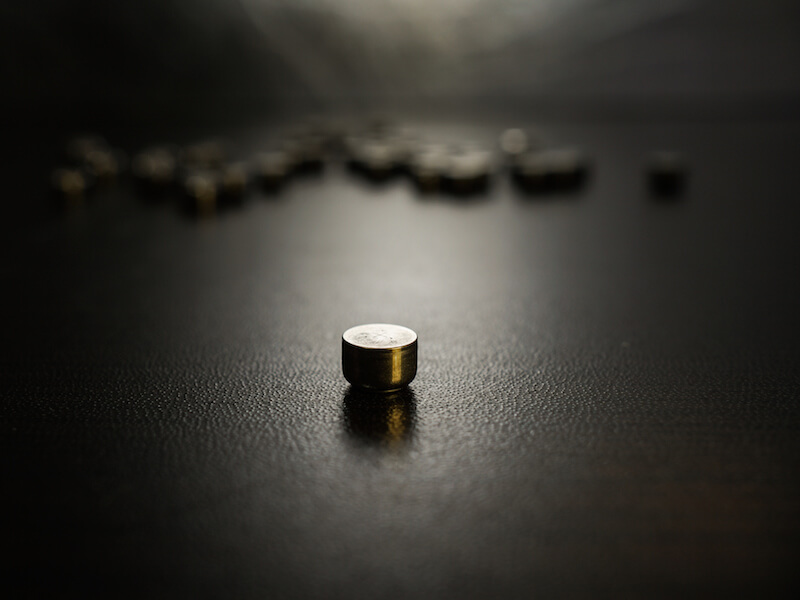
From cameras to phones to music players, how we power our electronics has evolved. For decades, people looking to address hearing loss have wished for a similar progression, and the industry is finally recognizing the promise of a robust rechargeable hearing aid battery.
Size 312 batteries are the most prevalent of the disposable batteries that have traditionally been used to power hearing aids. Nowadays, the most prominent version of these batteries is known as a “zinc-air” battery.
The Downside to Disposable Hearing Aid Batteries
The presence of air impacts a zinc-air battery, as the name indicates. Regarding the 312 batteries used in many hearing aids, the user needs to pull a little tab off the back of the battery before it’s activated and functional.
They will begin draining power as soon as they are completely oxygenated. That means power is beginning to drain even if the user isn’t ready.
Most users regard the length of life to be the biggest disadvantage of disposable batteries. With 312 batteries, the user could be changing the batteries in their hearing aids around 120 times per year because they drain in 3 to 12 days according to some reports.
Because of this, besides having to buy 120 batteries, the user will have to switch and properly dispose of batteries at least two times a week. That’s probably over $100 in batteries from a cost outlook alone.
Rechargeable battery Advancements
Fortunately, for hearing aid wearers looking for another approach, there have been profound advancements to rechargeable hearing aids that now make them a viable solution.
Studies have shown that most people overwhelmingly prefer to use rechargeable hearing aids. Until recently these models have traditionally struggled to supply a long enough charge to make them worthwhile. However, recent developments now enable a full day of use per charge.
Users won’t see substantial cost savings by switching to rechargeable batteries, but where they will see an obvious improvement is in quality of life.
In addition to supplying 24 hours of use time, these new models lead to less frustration for the user, since there’s no more changing and properly disposing of batteries. Instead, they only need to pop out the battery and place them in a convenient tabletop charging unit.
A disposable battery approaching the end of its life simply can’t operate at full capacity. There’s also no exact way to identify how close to being inoperable the battery really is. Consequently, users risk putting themselves in a position where their battery might die at a critical time. Not only is this a safety concern, but users may miss out on important life moments due to a dead battery.
Hearing Aids Come in Different Types
There are unique benefits to each of the different materials that rechargeable batteries are made of. The ability to hold a charge for 24 hours is one reason why integrated lithium-ion batteries are one practical option that manufacturers supply. And cellphones are powered by this same type of battery which may be surprising.
Silver-zinc technology is another material used for modern rechargeable hearing aids. This innovative approach was originally manufactured for NASA’s Apollo missions to the moon. With this technology, even your existing hearing aids can most likely be upgraded to run on rechargeable batteries. These batteries, similar to lithium-ion, will also last all day before requiring a recharge.
Some models even allow you to recharge the battery while it’s still in the hearing aid. During the night, or at some other time when the hearing aid is not being used, the entire hearing aid can be placed right into the charger
Whichever solution you choose, rechargeable batteries will be considerably better than disposable batteries. You just have to do some research to determine which option is best for your needs.
Check out our hearing aid section if you’re looking for more information about what battery would be the right choice for you or any other info about hearing aids.